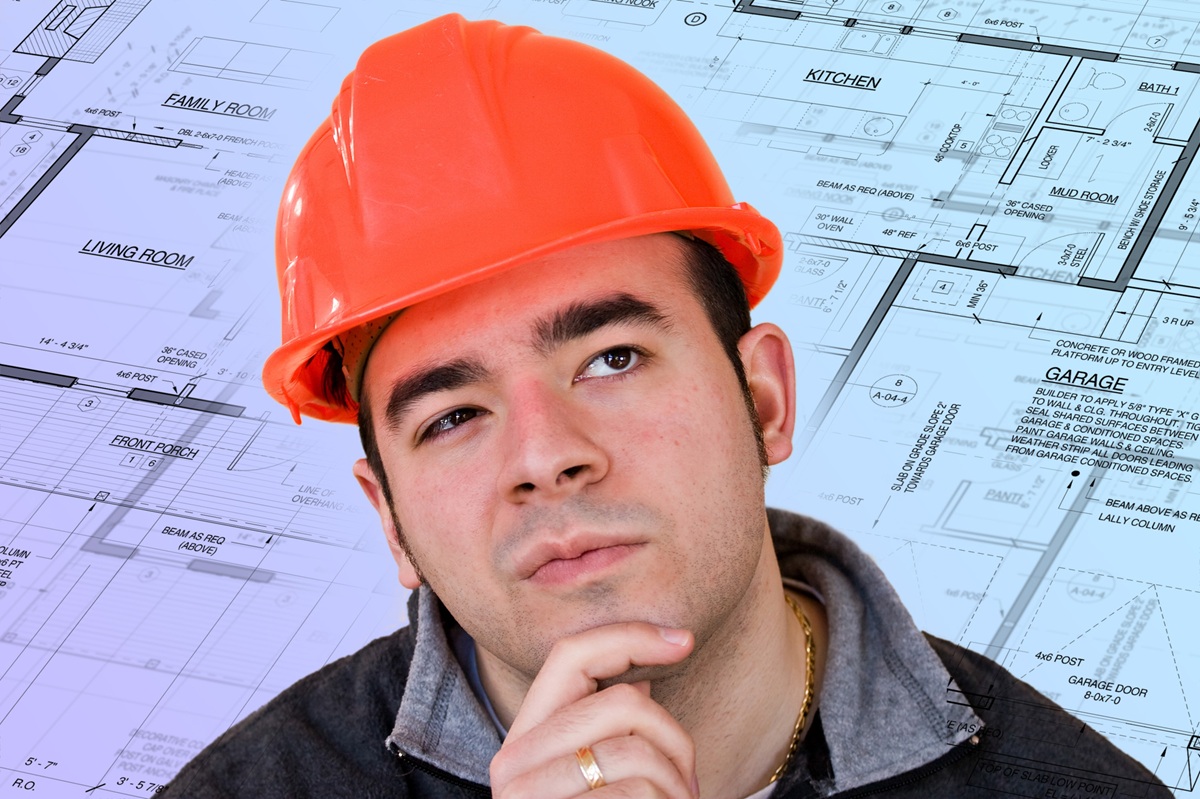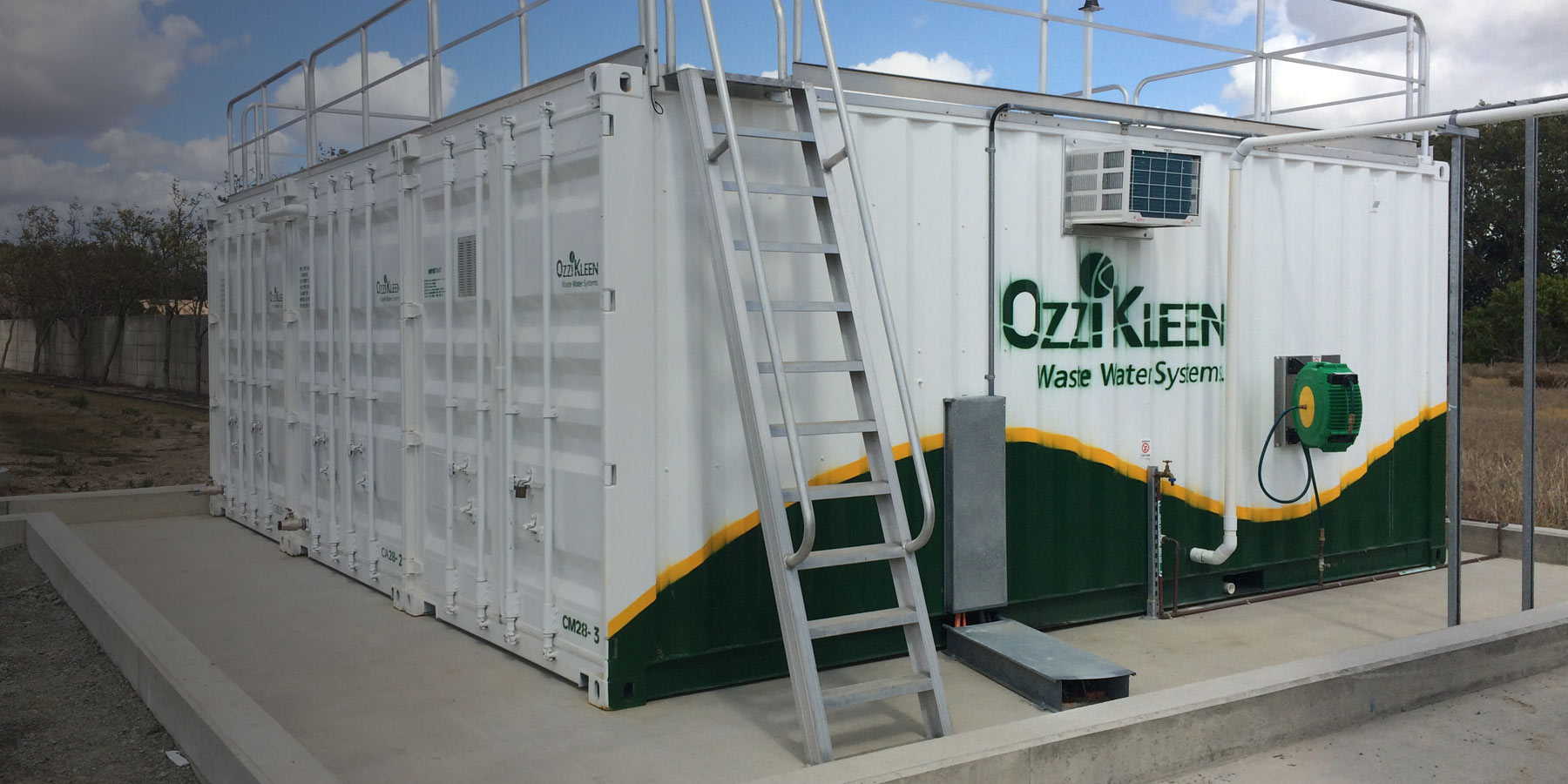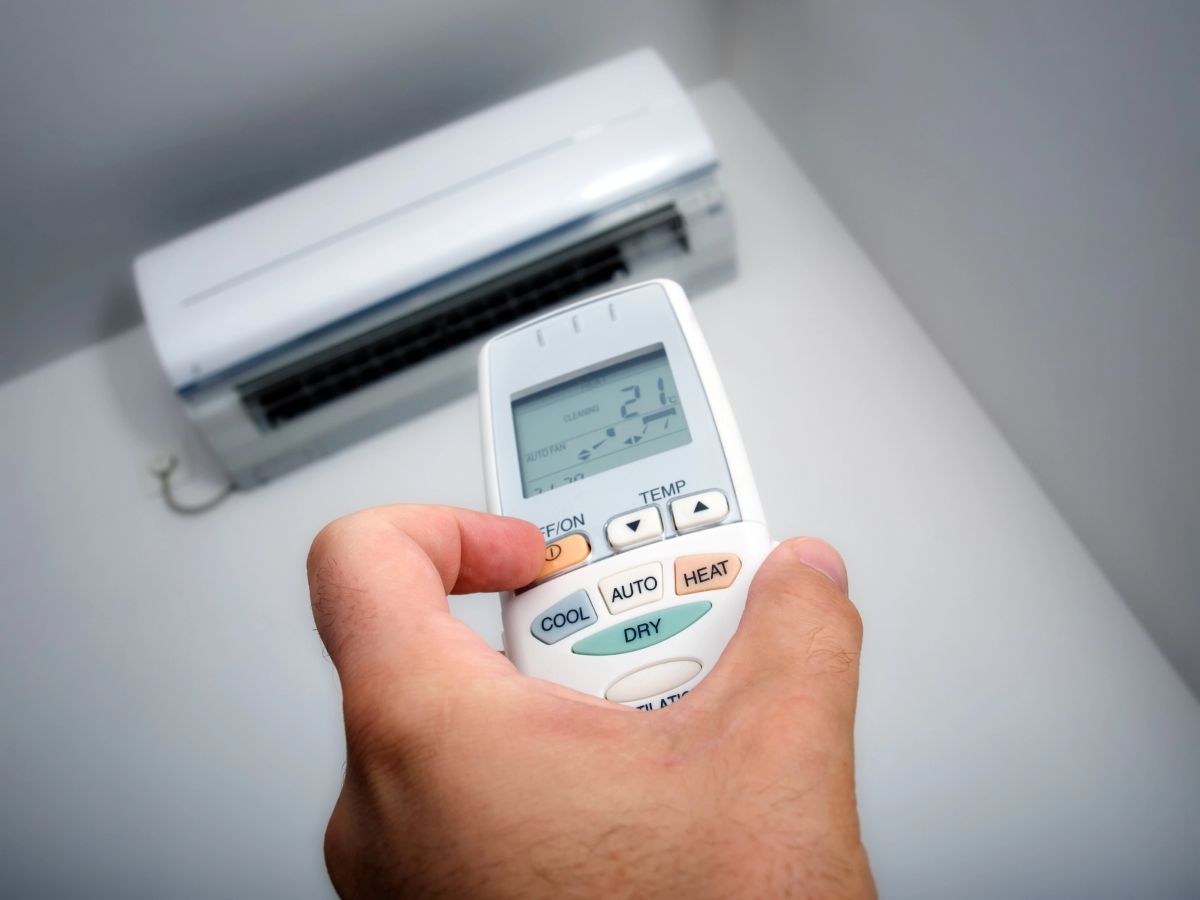Clear aligners have become increasingly popular across Auckland — and not just among office workers or teenagers. More and more tradies are looking to straighten their teeth without the wires, brackets, or bulk of traditional braces. But that raises a real-world question: can clear aligners actually handle a full tradie workday?
We’re talking about long shifts, dusty gear, eating on the fly, no bathroom access, and the kind of physically demanding routine that doesn’t wait for your dental schedule. In this article, we’ll dive into how clear aligners perform on the job — from how they hold up under pressure, to what it really takes to keep them clean and comfortable while you’re working.
Key Takeaways
- Clear aligners are durable enough for site conditions and comfortable for long shifts
- With smart habits, it’s easy to work around food, drink, and cleaning constraints
- Speech concerns are usually minor and short-lived
- Consistent wear is key — and it’s absolutely doable with a tradie’s schedule
- See an experienced orthodontist — preferably one who is a member of the New Zealand Association of Orthodontists — for safe, effective treatment
What Makes Tradie Life Different for Aligners?
Let’s be honest — tradie life is nothing like office life. You don’t have clean kitchenettes, mid-morning teas, or the luxury of mirror checks between meetings. You’re climbing, carrying, lifting, fitting, sawing, wiring, and sweating through variable conditions — sometimes all in the same hour.
Dust and debris are a constant. Temperature changes are sharp. Access to clean bathrooms is hit or miss. If you get ten minutes to eat, you’re lucky — and it’s usually in the ute or on a milk crate, not at a table. For any orthodontic treatment to work in this setting, it needs to be flexible, strong, and dead easy to manage. That’s what makes clear aligners such an interesting test.
Unlike fixed braces, aligners are removable. That’s a benefit — and a responsibility. You’ve got to stay disciplined, even on chaotic days. So how do they stack up?
Can You Eat and Drink On the Job?
Yes — but you’ll need to follow the rules.
Clear aligners must be removed before eating or drinking anything other than plain water. That includes coffee, tea, sports drinks, pies, muesli bars, or even a banana. Why? Because heat and sugar can warp the plastic or stain the trays — and food particles trapped between your teeth and aligners can lead to decay or bad breath.
But for tradies, this doesn’t have to be a dealbreaker. In fact, once the routine sets in, most find it easier than expected. You take the trays out before you eat, pop them in your case, eat as normal, rinse if possible, and put them back in.
The biggest risk is misplacing them — which is why every tradie needs a tough, compact case in their bag or glovebox. Don’t wrap them in a serviette or toss them in a lunchbox with your leftovers. You wouldn’t leave your safety glasses rolling around loose, and the same goes for your aligners.
Cleaning Aligners Without a Sink: Tradie Hygiene on the Go
Tradie-friendly hygiene comes down to having a system. You’re not going to stop mid-install or high up on scaff to polish your teeth — and that’s fine. The key is setting up habits that fit your workday.
After eating, a quick rinse with water is often enough to tide you over. A squeeze bottle or flip-top drink bottle can double as a rinse station, especially if you’re parked near your gear. Spit, rinse, swish, and you’re good to go until you can properly brush later.
You don’t need to carry a bathroom in your kit. Just having a water bottle, your aligner case, and — if you’re keen — a compact toothbrush and mini toothpaste in the ute will cover 95% of situations.
If you’re doing long shifts or overnight stays, it’s worth having a small “oral care kit” packed the same way you’d prep your tools for the job. Clean tools, clean mouth.
How Comfortable Are Clear Aligners Over a Full Shift?
Very. One of the best features of clear aligners is that they’re smooth, custom-fitted, and snug. That means no sharp brackets or wires to dig in when you’re bending, talking, or wearing PPE like dust masks or helmets.
After the first 24–72 hours, most people barely notice them. There can be some mild pressure each time you switch to a new tray, but it fades fast and rarely affects your ability to focus, move, or lift.
They won’t shift, clatter, or come loose while you’re talking on-site, climbing under houses, or working in awkward positions. And if you’re doing client-facing work — quoting, explaining, consulting — aligners are almost invisible. No need to explain your orthodontic treatment to every new customer.
What About Talking? Do Aligners Mess With Your Speech?
This is a common worry — especially if your role involves customer interaction or site supervision.
There’s often a small adjustment period. Some tradies notice a light lisp or change in pronunciation during the first few days. But just like adjusting to new boots or a new tool belt, it settles in quickly.
Most people find their speech returns to normal by the end of the first week — and because the aligners are clear, people rarely notice unless you point it out. If you’re managing staff, running toolbox meetings, or doing walkthroughs, you’ll still sound like yourself.
Tradie-Tested Tips to Keep Aligner Treatment on Track
- Set an alarm or calendar reminder to make sure you’re wearing them 20–22 hours per day
- Keep your aligner case in one consistent spot — glovebox, vest pocket, or lunch bag
- If you’re on a long shift, rinse after each break — it’ll help with freshness and comfort
- Combine food breaks with tray removal time to stay on track with wear goals
- If a tray cracks or gets lost, call your orthodontist immediately — don’t wait or skip ahead
These aren’t major lifestyle changes — just minor shifts that become second nature after a few days.
Why Professional Supervision Still Matters
It might be tempting to go with a direct-to-consumer aligner kit, especially if it looks cheaper or easier. Some Auckland tradies have tried at-home aligner kits with mixed results — they may offer convenience, but they’re rarely built to handle the realities of life on the tools. DIY aligners don’t come with in-person exams, 3D scans, or proper bite analysis — and without professional oversight, you’re flying blind.
Misaligned teeth can cause more than crooked smiles. Poorly planned tooth movement can affect your bite, cause headaches, create gum issues, and even lead to tooth loss if done wrong. That’s why aligner treatment should always be supervised by an orthodontist — not just a software algorithm.
If you’re serious about results, see a specialist — ideally one who is a member of the New Zealand Association of Orthodontists. These are trained professionals who understand not only how to move teeth safely, but how to fit a treatment plan around your job and lifestyle.
Verdict: Can Clear Aligners Handle Tradie Life?
They can — and they do.
Clear aligners are one of the most tradie-compatible dental treatments available. They’re strong, removable, discreet, and don’t interfere with hard graft, loud environments, or on-the-go routines. They don’t break your stride, they don’t take up time, and they don’t draw attention. With a few tweaks to your day, you can wear them comfortably from morning to knock-off.
For a deeper dive into the tech upgrades making aligners faster, smarter, and more comfortable, check out the latest on clear aligner breakthroughs.
Tradies across Auckland are choosing clear aligners because they want the benefits of a straighter smile without the fuss. And as long as you wear them consistently, clean them smartly, and stay in touch with your orthodontist — the results speak for themselves.


